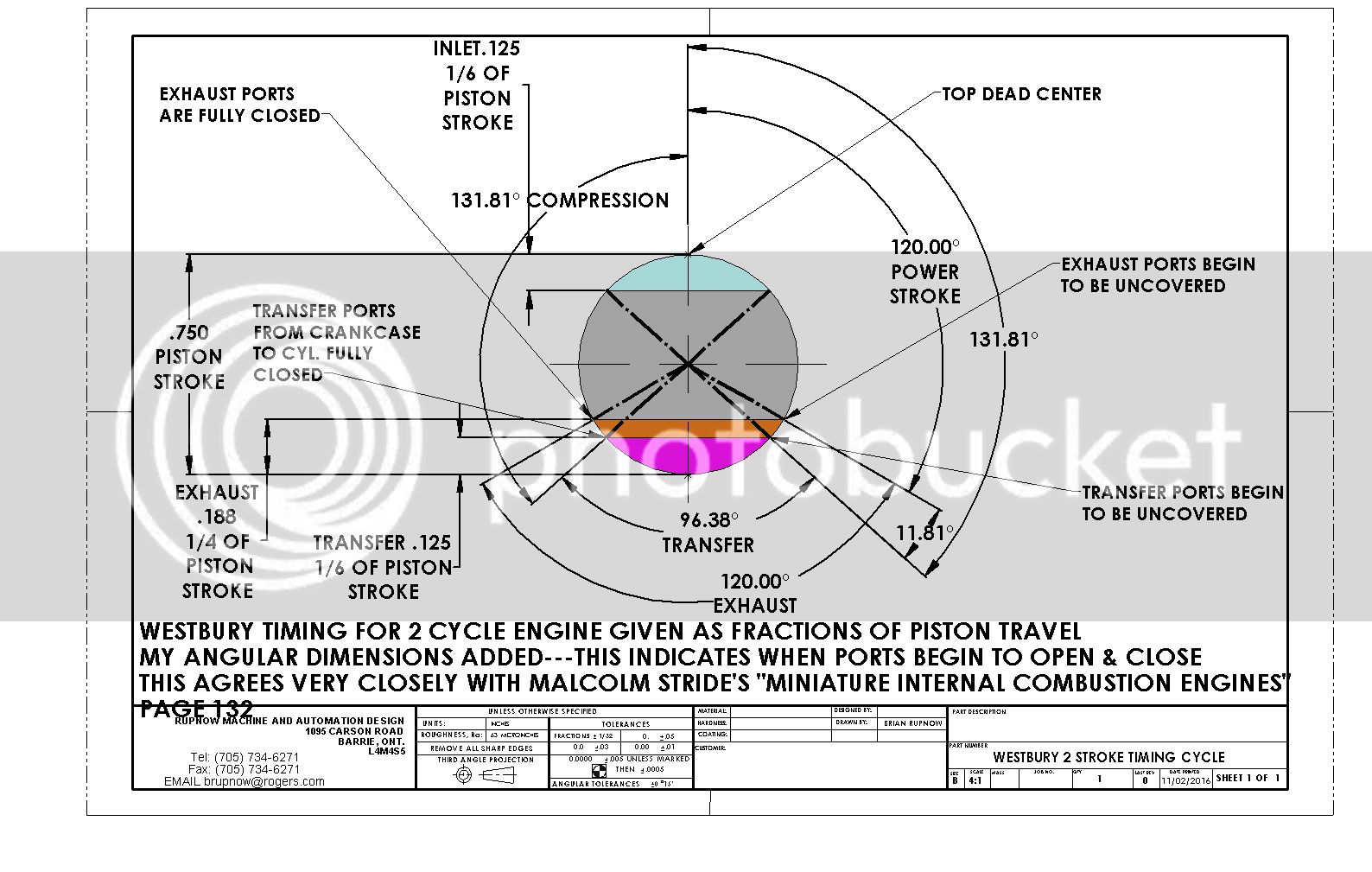I am curious about what the size limitations are on lapped pistons with no rings on them. I know it is commonly done on 1/2" cylinder/piston combinations. If I used a cast iron piston in a cast iron liner, life would be so much simpler in terms of the rings catching on the ports. I would like to do it with a 1" diameter cylinder. I don't have access to a Sunnen honing machine--just my lathe and mill. Bitter experience has shown me that I really suck at making cast iron rings. That is why, when I build an i.c. engine I always go with Viton rings. They are cheap, they seal perfectly, and they give instant compression. Trouble is, they wouldn't slide past a port without expanding into it and failing immediately. If it is possible to go with a lapped, ringless piston in a 1" diameter cylinder, what would be the downside of doing that?----Brian
























![DreamPlan Home Design and Landscaping Software Free for Windows [PC Download]](https://m.media-amazon.com/images/I/51kvZH2dVLL._SL500_.jpg)





















![MeshMagic 3D Free 3D Modeling Software [Download]](https://m.media-amazon.com/images/I/B1U+p8ewjGS._SL500_.png)
















